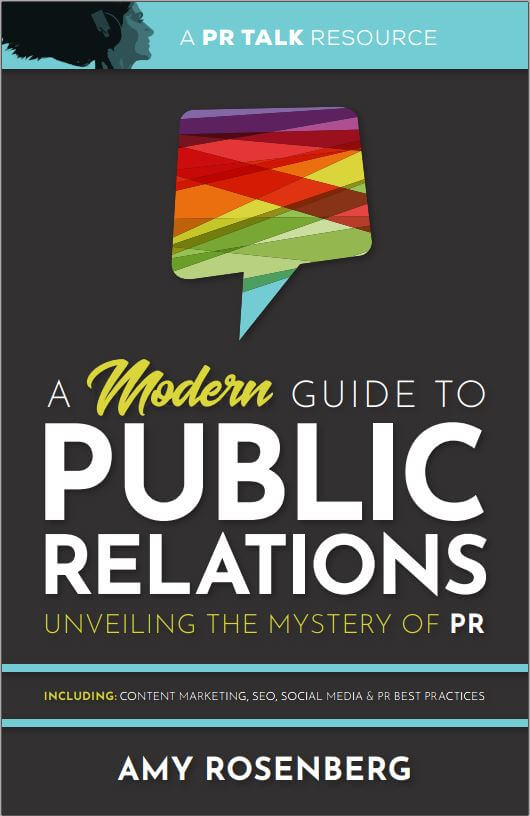With so many communications channels to choose from, it’s easy to see how some businesses might get overwhelmed.
According to a recent survey by The Manifest, 64% of small businesses use two or more channels when relaying messages to consumers.
By choosing a combination of channels, businesses can ensure their messages are being received by the widest possible audience.
Although it might be tempting to use as many communications channels as are available, businesses would benefit from a more deliberate and mindful approach.
Know Your Audience
One of the first steps of planning a successful communications campaign is knowing exactly who the campaign is for.
Ask yourself:
- How old is the target audience?
- What are their communication habits?
- What types of messages do they respond best to?
For example, if your target audience is younger, social media might be the best way to reach them.
Businesses should also consider whether the target audience is current customers or people they’re trying to convert into customers.
“Current customers are going to listen to that message quite differently than folks who don’t know who you are or haven’t had any sort of relationship with you,” said Mike Rosenberg, CEO of Veracity, one of the top PR agencies in Portland, Ore.
Consider Your Message
The next step to planning an effective communications campaign is to consider the message you want to share.
Ask yourself:
- Are you sharing information about a new product or service?
- Do you want to share company news?
- Is the purpose of your message to inform or incite a specific action?
Businesses should always consider the nature of their message before determining which communication channel would be the best fit.
Think About What Kind of Return You Want to Gain
After you’ve considered your audience and the type of message you’ll be sharing, you also need to consider the type of return you want to gain from your communication efforts.
Ask yourself:
- What is the goal with communication to customers?
- What action do we want them to take?
- Do we want them to buy something?
- Do we want them to start a conversation around our brand?
- Is this more a matter of customer service?
- How will we track our returns?
For example, if you want to jumpstart buzz around your brand or a new product, social media might be the best channel. If you want to offer customers exclusive news or discounts, email or direct mail might be best.
Whatever your intended return is, make sure it is trackable so that you can measure the success of your campaign to prepare for future campaigns.
Business-Consumer Communications Requires a Well-Thought Out Plan
While businesses should use multiple platforms to emphasize their messages, they should do so in a deliberate way. By considering their audience, message, and the return they want to gain, businesses can create a communications campaign that strengthens their public relations, marketing, and reputation management strategies.
Featured image from Ethan Hoover





